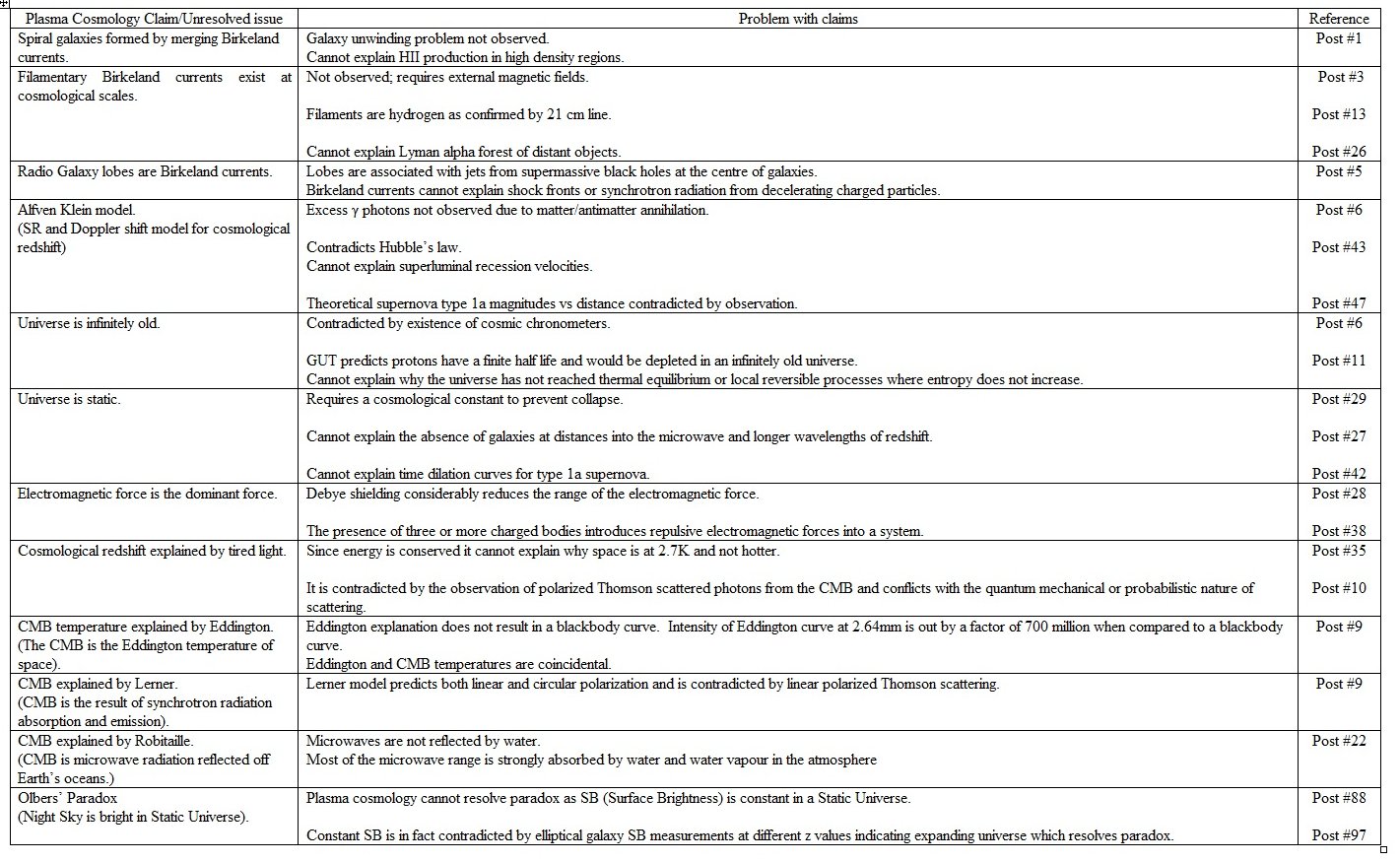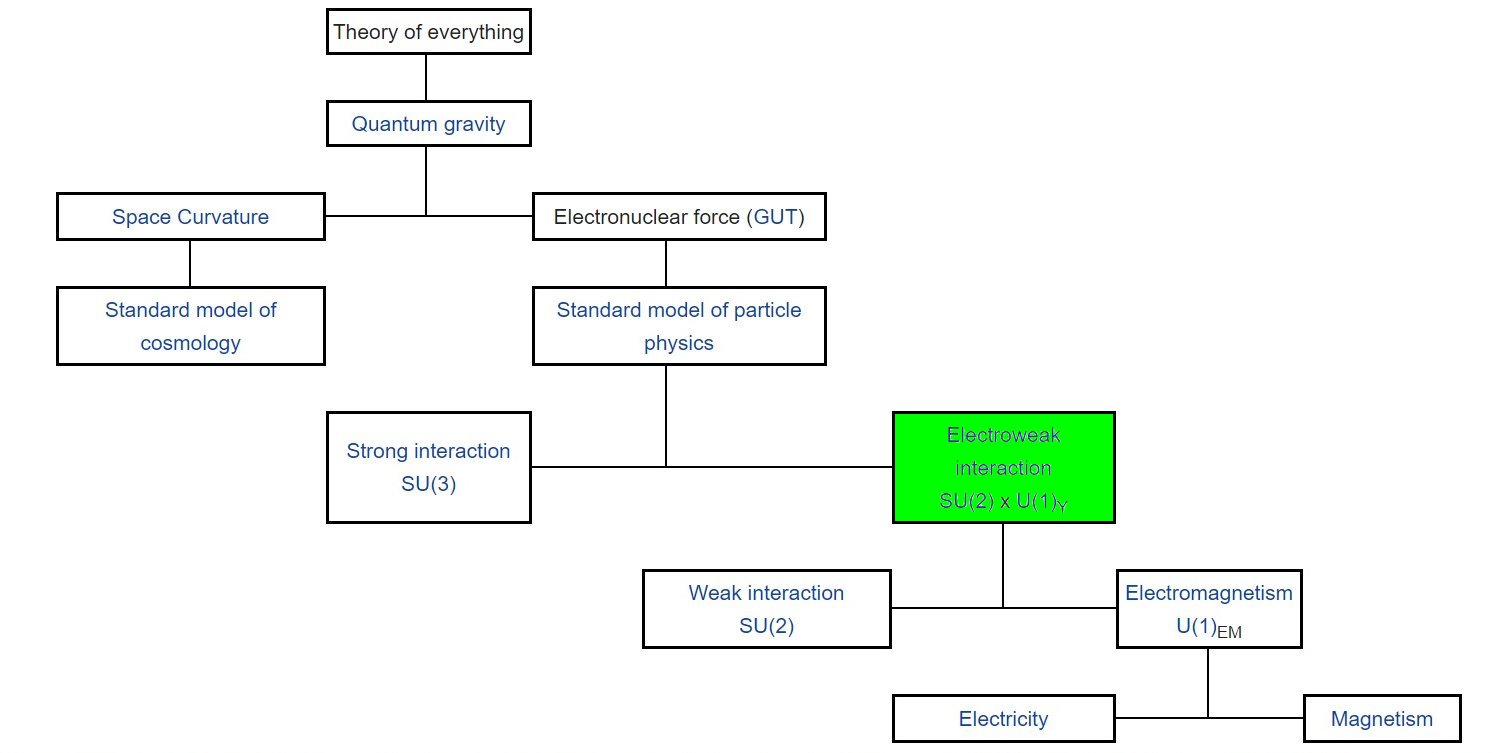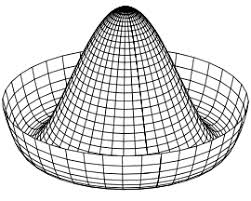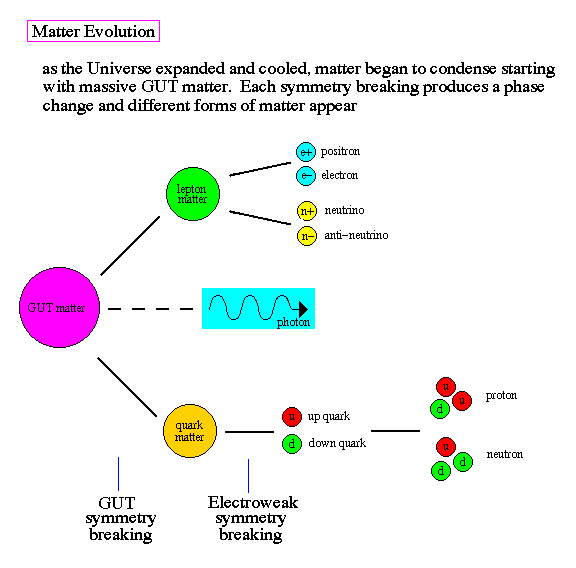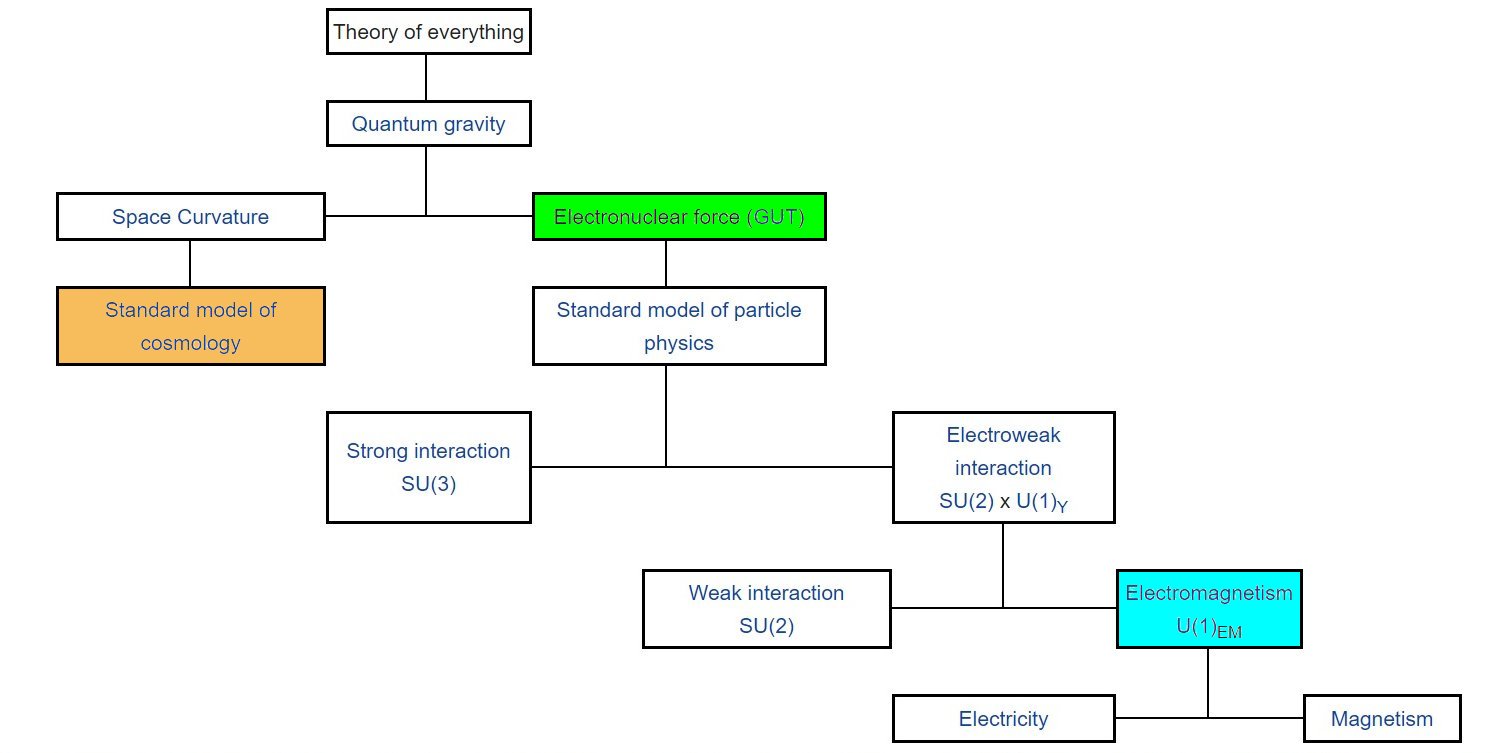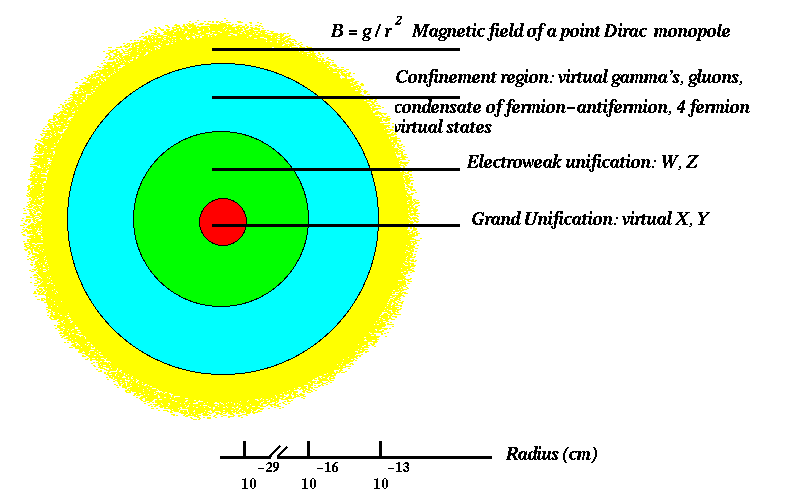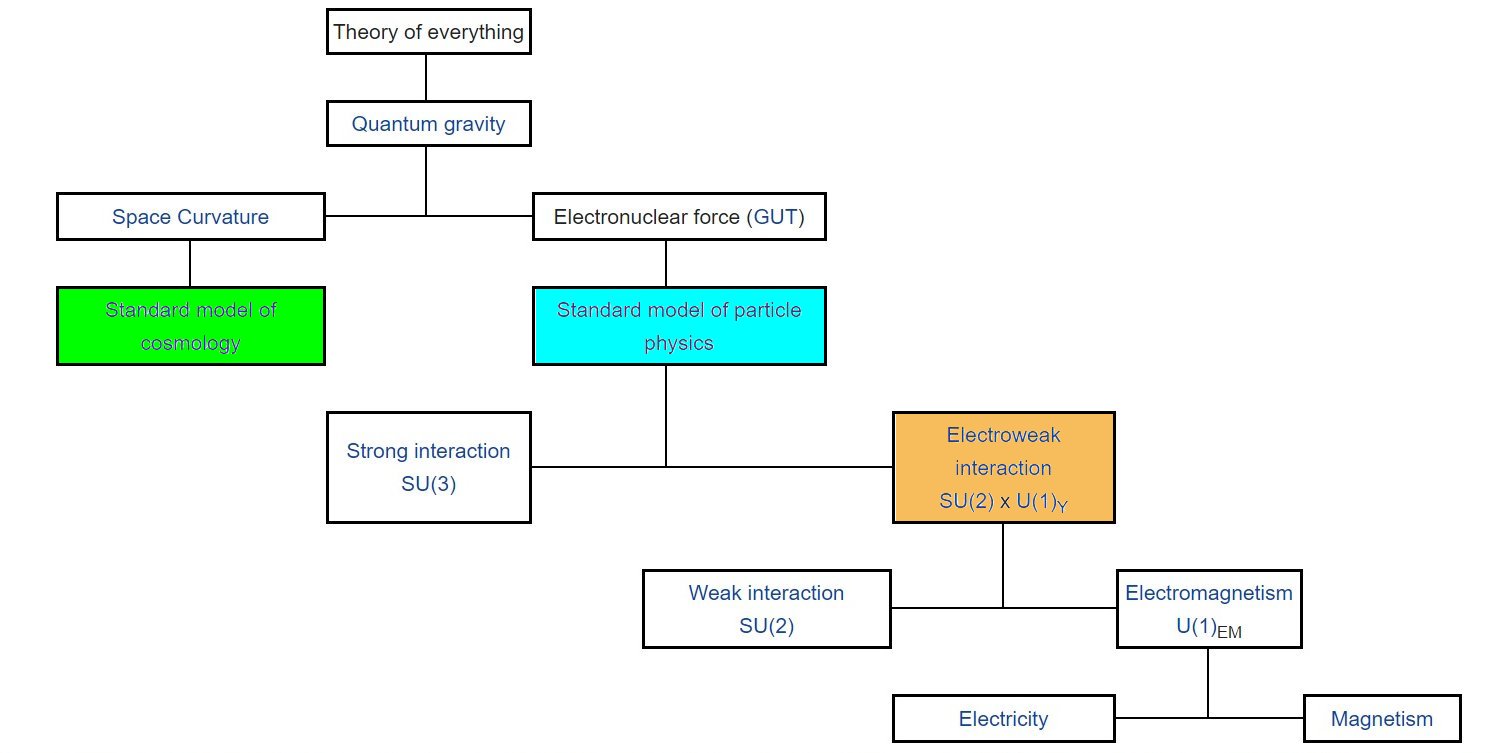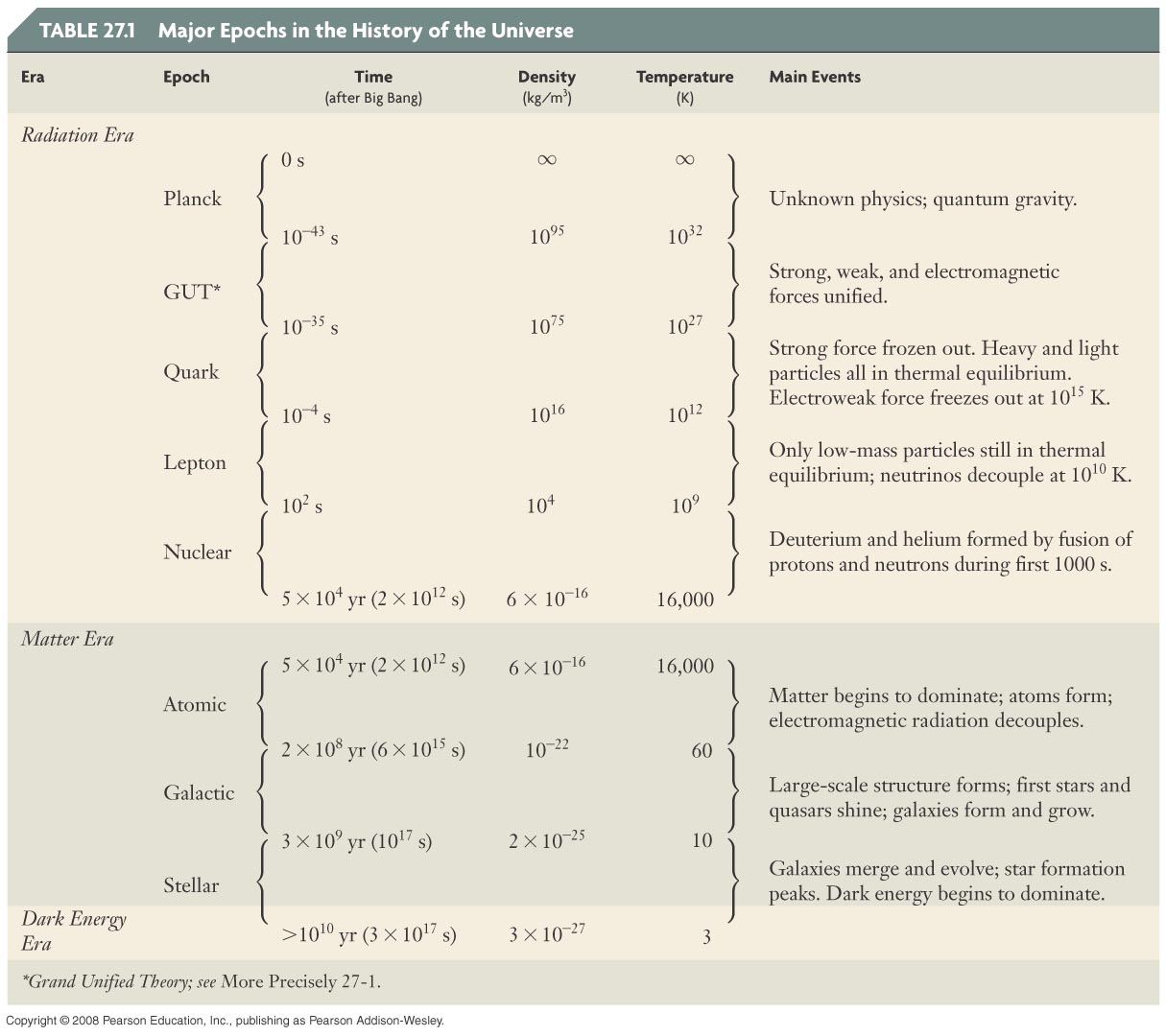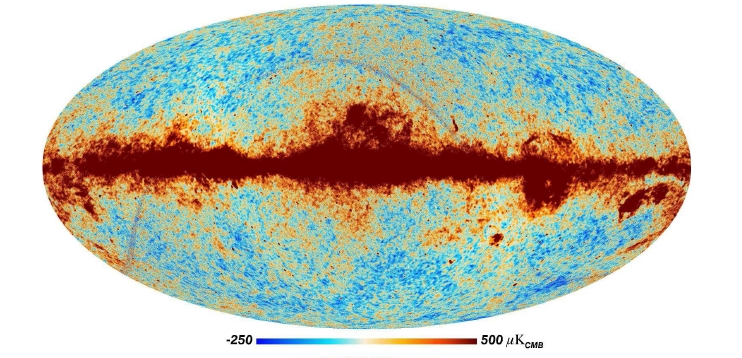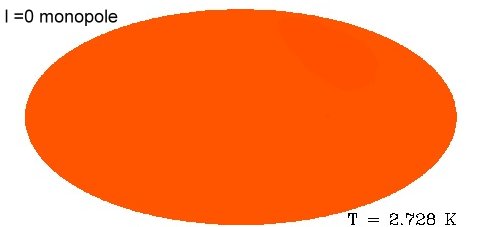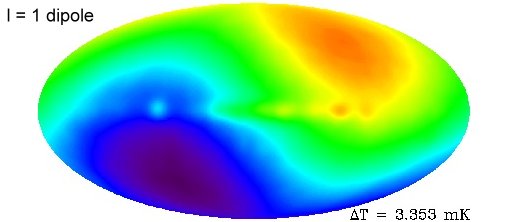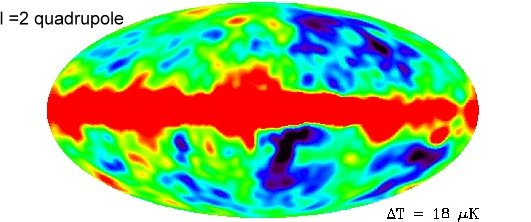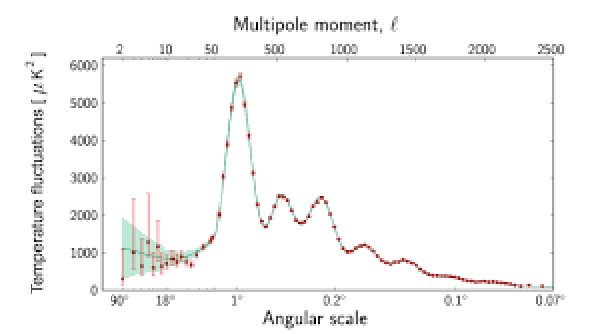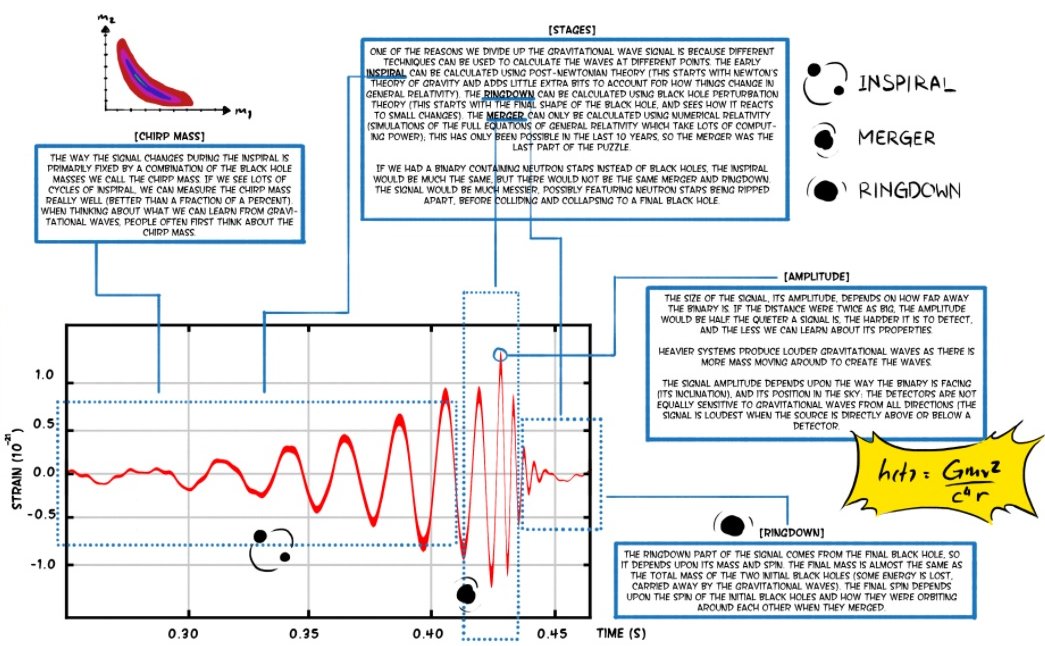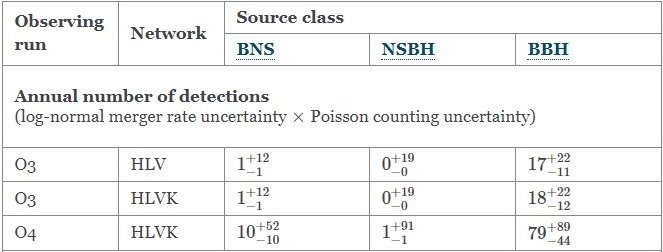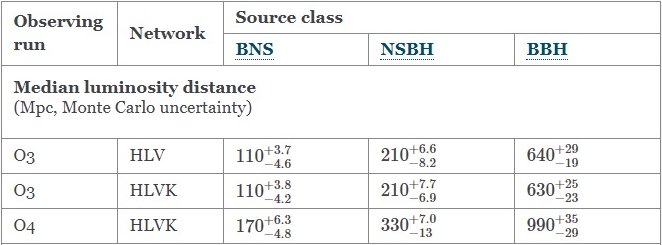Here is another example where Plasma cosmology is contradicted by particle physics involving magnetic monopoles.
Magnetic monopoles provide the link between electromagnetism, GUT and Big Bang cosmology.
While classical physics forbids the existence of magnetic monopoles (Gauss’s law for magnetism, Maxwell’s equations), the development of quantum mechanics has changed this.
Dirac (who proposed the existence of antimatter) in the early days of Quantum Field Theory suggested the quantization of electric charge could be due to the existence of a magnetic monopole with magnetic charge gₘ = 0.5hcn/e ≈ 68.5en where h is Planck’s constant, c the speed of light, e the electric charge and n is an unspecified integer.
This would modify Maxwell’s equations rendering them symmetrical with respect to both electric and magnetic source terms.
A single monopole in the universe would result in electric charge being quantized but the converse is not necessarily true.
A motivating factor for the development of GUTs is the standard model of particle physics cannot answer a fundamental question; why is the magnitude of the charge for protons and electrons equal?
The electroweak interaction is a unification of the electromagnetic and weak forces and has been confirmed in experiments; GUT’s are the unification of the strong and electroweak forces.
Modern day consensus indicates an increasing acceptance of magnetic monopoles among particle physicists given most GUTs predict their existence as illustrated in this model.
The structure of a magnetic monopole according to GUT is a core populated by X and Y leptoquark bosons which are surrounded by a layer of W and Z bosons at a radius of about 10⁻¹⁶cm.
Beyond this is a confinement region based on an unusual property of the confinement of quarks.
Whereas the strength of the electromagnetic force and weak force (at short distances only since the W and Z bosons have short lifetimes) follows an inverse square law, the strong force between quarks and gluons (g bosons)
remains constant with increasing distance.
This is due to the separation energy instead of pulling quarks and gluons apart is converted to create quark/antiquark pairs.
This has been confirmed in particle accelerator tests where individual quarks are not observed but jets of mesons which are bosons and contain a quark/antiquark pair.
The existence of magnetic monopoles poses serious problems for particle physics, astrophysics and cosmology.
Magnetic monopoles are extremely massive with a lower mass limit of around 9 GeV/c² which would require particle accelerators of at least 10¹⁶ GeV centre of mass energy to be created.
The most powerful particle accelerator currently available is the LHC with a centre of mass energy of 14 x 10³ GeV.
In non mainstream theories involving a higher number of dimensions such as the Kaluza-Klein or superstring theory, lighter magnetic monopole masses are predicted and should be created in current particle accelerators.
The other option is to detect magnetic monopoles.
If magnetic monopoles exist then Maxwell’s equations become symmetrical in which case a magnetic monopole passing through a wire coil unlike a dipole should be able to induce a current.
These should be detectable in superconducting loops where the current is long lived.
In astrophysics superheavy magnetic monopoles should accumulate in the cores of stars where they can collide with protons.
Some protons may penetrate the W and Z boson layer and collide with an X virtual leptoquark boson which converts the d quark in the proton according to the reaction.
d + X → e+ where e+ is a positron.
Hence magnetic monopoles would destroy hadronic (protons and neutrons) matter at a faster rate than its natural decay and change the time scale for the evolution of the Universe.
From a cosmological perspective at the time of the GUT epoch when the strong and electroweak forces were unified and magnetic monopoles formed, the Universe had a particle horizon volume of ≈(2 x 10⁻²⁹m)³.
Even if there was only 1 magnetic monopole per 10 particle horizon volumes at the GUT epoch, the density of magnetic monopoles today assuming the Universe expanded at a linear rate is 0.1 x ((2 x 10⁻²⁹m) x (4.4 x 10²⁷))⁻³ ≈ 150m⁻³
The current density parameter for mass is Ωₘ = 0.27; including the magnetic monopole number density of 150m⁻³ with an average mass of 9 GeV/c² results in Ωₘ ≈ 2.8 x 10¹⁷.
This enormous value would not only negate the effects of expansion but cause the Universe to collapse under gravity in the ridiculously small time scale t = π/2H₀ Ωₘ ≈ 40 years where H₀ is Hubble’s constant.
Particle physicists who have made the transition to cosmology such as Alan Guth and Andre Linde have applied quantum field theory in the form of an Inflaton field where a false vacuum state in the field decays to a lower state through quantum tunnelling driving inflation and resulting in an exponential expansion of the early Universe.
With the discovery of the Higgs boson some theorists have speculated the Inflaton field is the Higgs field.
This exponential expansion resulted in a single magnetic monopole occupying a considerably larger particle horizon volume and negligible current monopole number densities too low to be detected or impact on stellar formation and the current value of Ωₘ.
Not only did inflation resolve the problems in particle physics, astrophysics and cosmology, but also the flatness and horizon problems in Big Bang cosmology.
As shown in my previous post Plasma cosmology is incompatible with particle physics as temperatures are too low for particle physics processes such as the unification of the electromagnetic and weak forces to naturally occur.
If magnetic monopoles exist the situation is even worse as the lack of space-time expansion exacerbates the problems in particle physics, astrophysics and cosmology as mentioned previously.


